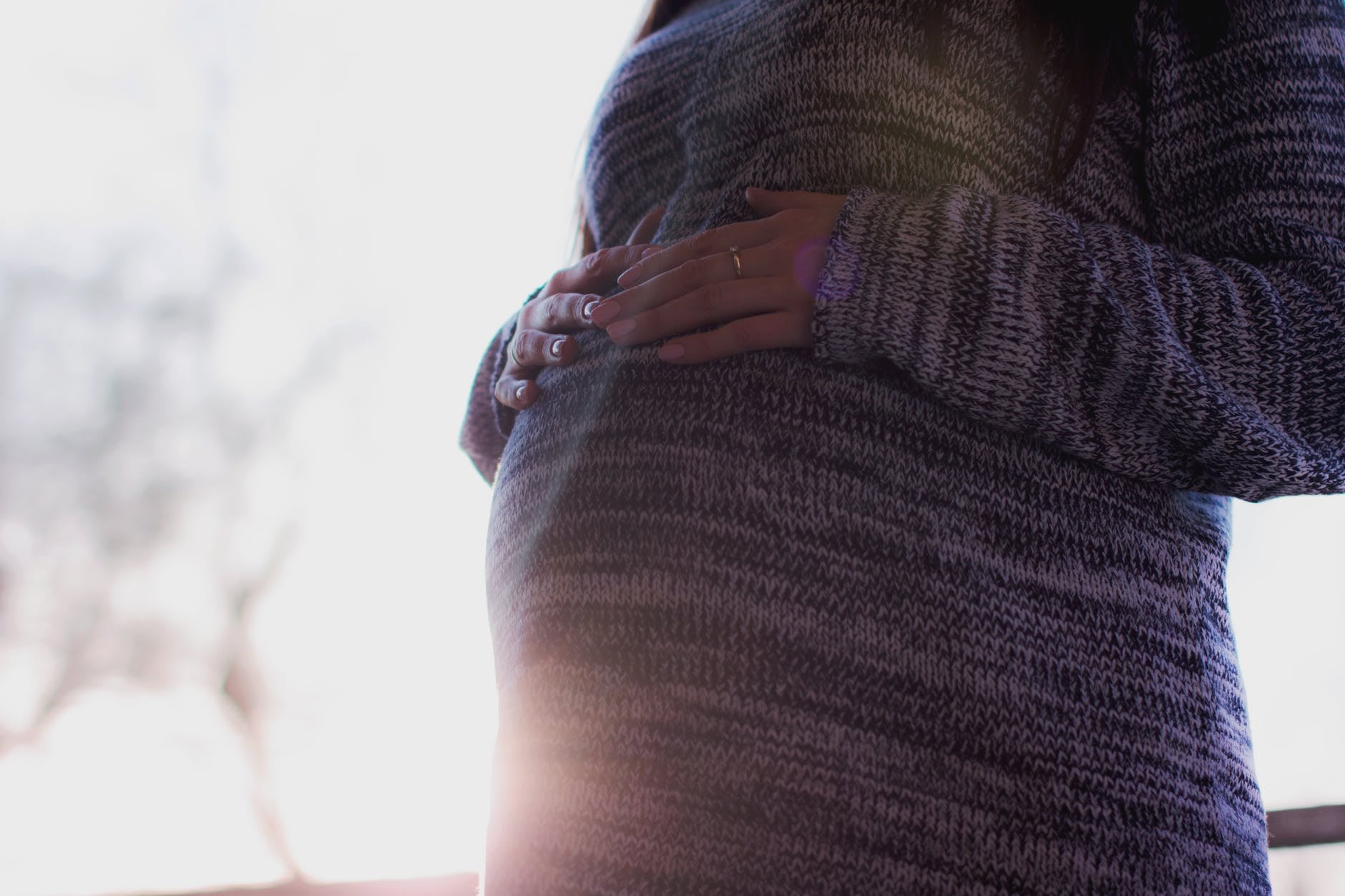
Women make birth plans [1] ahead of time for a reason — you have a vision about how you want your delivery to go, and do everything you can to make sure that happens. But, sometimes, things don't go according to plan. You may change your mind about having a vaginal birth during the course of your pregnancy for whatever reason, or the doctor could decide things for you in the moment if complications arise.
While C-sections are key in many safe deliveries for both mom and baby, there are risks that come along with it. "Caesarean section deliveries involve surgery [2], so there's always a risk for complications: bleeding, infections, complications with anesthesia, etc.," Dr. Anthony Shanks, MD [3] and OBGYN at Riley Children's Health, tells POPSUGAR. "[Post-surgery], a woman will have an increased risk of blood clots in her legs. Not to mention, C-sections are major abdominal surgery – so there's also pain management involved."
In many cases, women might not see a C-section coming. In order to be fully prepared for your birth and the different things that can arise, here are six reasons you may need a C-section.
1. Stalled Labor
"If your contractions slow down or if they're not strong enough, then your cervix might not dilate as quickly as anticipated. If that happens, your doctor might give you a medication, like IV Oxytocin, to increase the number, strength, and duration of contractions," Dr. Nita Landry, MD, [4] ob-gyn in California, and "Dr. Nita" on The Doctors [5], tells POPSUGAR. "Your doctor might also 'break your water' and slide a thin catheter into your uterus to help them keep a close eye on your contractions."
Also, sometimes the baby stops descending even though you're still having contractions [6]. "This could be due to issues like fetal positioning in the uterus or to Cephalopelvic Disproportion (CPD). CPD is diagnosed if your baby's head is too big or your pelvis is too small for the baby to pass through the birth canal," Dr. Nita explains. A large baby can be due to hereditary factors, diabetes, or passing your due date, and CPD is usually diagnosed when labor has progressed slowly. What's more, experiencing heightened stress, due to fear of labor or other underlying concerns, can also cause your labor to stall, she adds.
2. Previous C-Sections
"Ninety percent of women who have had cesarean deliveries [7] are candidates for a vaginal birth after cesarean (VBAC) for their next child," Dr. Nita continues. "And according to the American College of Obstetricians and Gynecologists, in many instances it's safe to give birth vaginally after having one (or sometimes even two) C-sections. Though, if you have had more than two previous cesarean deliveries, you should have a repeat C-section due to the increased risk of uterine rupture risk."
"In addition to asking you how many C-sections you've had in the past, your doctor will consider other factors prior to determining if you're a good candidate for a trial of labor after cesarean delivery," Dr. Nita says. "For instance, people whose babies were delivered through a vertical uterine incision instead of a low transverse uterine incision are not good candidates. You can have a transverse skin incision, with a vertical uterine incision. Therefore, you can't tell what kind of cut was made on your uterus by looking at the scar on your skin," she says. Ideally, your doctor will review your previous C-section operative notes.
3. Fetal Distress
If your baby is having any kind of trouble, a C-Section could be the best bet for a healthy birth. "A cesarean is necessary if there are issues with the baby's heart rate or the oxygen supply has been disrupted by a prolapsed umbilical cord," Dr. Nita explains. "Cord prolapse occurs when the cord slips down through the cervix ahead of baby and becomes compressed, diminishing blood flow to the baby."
4. Baby Is in a Breech Position
Babies move around in the uterus during pregnancy, but most should be positioned head-down by 36 weeks, she says. "However, about 4 percent of babies don't reach that position and are considered breech [8]. The cause is not always known, but attempting to give birth while the baby is in this position can cause complications, which is why a C-section is advised," says Dr. Nita.
5. Placental Problems
If you experience placental abruption, you'll need a C-section to lower risk of a dangerous birth. "Placental abruption is when the placenta starts to separate from the uterine wall before the baby is delivered, causing pain in the uterus and bleeding," she continues. "A C-section may be necessary because the condition can interfere with the baby's oxygen supply."
6. Placenta Previa
"Placenta Previa occurs when the placenta lies at the bottom of your uterus instead of the side or top, blocking the baby's exit through the cervix," she says. "A vaginal delivery with a placenta previa would cause heavy bleeding during delivery, putting mother and baby at risk."
7. Multiple Births
If you're having twins or triplets (or more!), you might need a C-section. "Depending on their positions, estimated weights, and gestational age, twins can be delivered through the birth canal, but multiples of three or more are less likely to be delivered vaginally," Dr. Nita says.